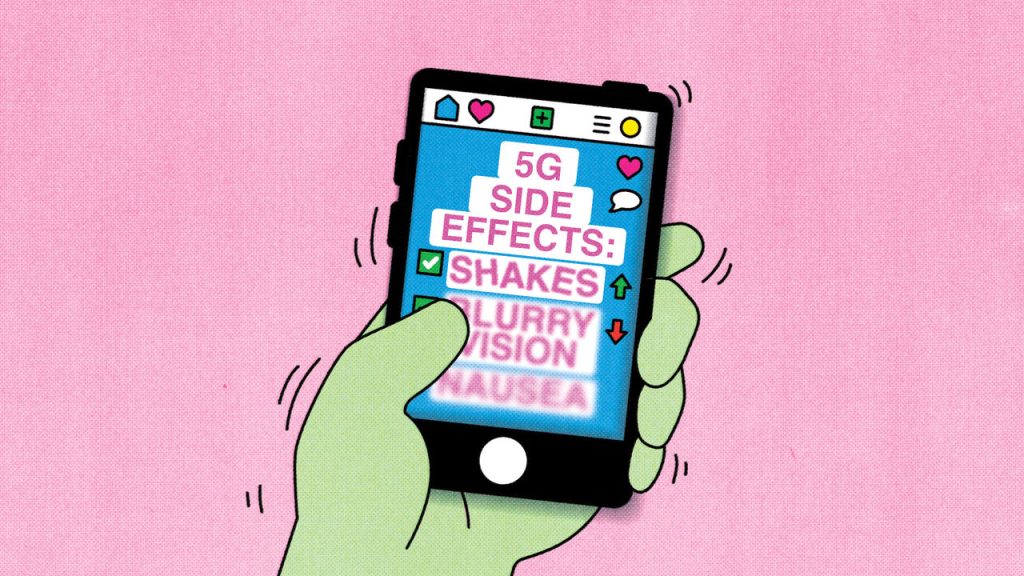The Nocebo Effect: The Dark Side of the Placebo’s Power
The human mind possesses an extraordinary capacity to influence the body, a phenomenon vividly exemplified by the placebo effect. For decades, researchers have documented cases where patients experiencing pain or illness report improvements after receiving inert treatments, like sugar pills or saline injections, simply because they believe they are receiving genuine medication. This remarkable demonstration of mind-over-body power highlights the intricate connection between our thoughts, beliefs, and physiological responses. However, this potent connection has a darker counterpart, a lesser-known phenomenon called the nocebo effect. While the placebo effect harnesses the power of positive expectation, the nocebo effect unleashes the detrimental impact of negative expectations, leading to the experience of adverse side effects or worsening of symptoms even in the absence of a genuine causative agent.
The nocebo effect mirrors the placebo effect, but instead of driving improvement, it fuels negative outcomes. Patients who anticipate experiencing side effects, like nausea, headache, or fatigue, after taking a medication, may indeed manifest these symptoms, even if they’ve received a placebo. This phenomenon is not simply "all in the head"; it triggers real, measurable physiological changes in the body. Studies have shown that nocebo-induced symptoms can be just as intense and debilitating as those caused by actual medications, highlighting the profound influence of negative expectations on our physical well-being. Just as the placebo effect demonstrates the power of hope and positive belief, the nocebo effect reveals the potential harm of fear and negative anticipation.
Several mechanisms are thought to contribute to the nocebo effect. One prominent theory involves classical conditioning. If a patient has previously experienced negative side effects with a particular medication or procedure, they may unconsciously associate similar treatments with those negative experiences. This learned association can then trigger a conditioned response, leading to the manifestation of similar symptoms even when the current treatment is harmless. Another key factor is negative information and expectations. Hearing about potential side effects, especially if presented in a dramatic or alarming way, can significantly increase the likelihood of experiencing those side effects. This is particularly true in the age of readily accessible medical information online, where individuals may encounter exaggerated or misleading reports about treatment risks.
The nocebo effect has significant implications for healthcare. It can complicate clinical trials, making it difficult to differentiate between genuine drug side effects and nocebo-induced symptoms. This can lead to the premature abandonment of potentially beneficial treatments. In clinical practice, the nocebo effect can exacerbate patient anxiety and distress, leading to decreased adherence to treatment regimens. Furthermore, it can contribute to the perception of illness and amplify symptoms, creating a vicious cycle of negativity and worsening health outcomes. Recognizing and addressing the nocebo effect is therefore crucial for optimizing patient care and ensuring the effective delivery of healthcare.
Understanding the factors that contribute to the nocebo effect can empower healthcare providers to mitigate its impact. Open and honest communication with patients is paramount. Clearly explaining the potential benefits and risks of a treatment, while avoiding overly negative or sensationalized descriptions of side effects, can help manage patient expectations. Emphasizing the positive aspects of treatment and fostering a sense of hope and optimism can also counteract the negative influence of nocebo. Building a strong patient-physician relationship based on trust and empathy is crucial for creating a positive therapeutic environment and reducing the likelihood of nocebo-induced symptoms.
Furthermore, research is exploring various strategies to counteract the nocebo effect. Mindfulness-based interventions, such as meditation and yoga, have shown promise in reducing anxiety and promoting a sense of control over bodily sensations, which can help mitigate the impact of negative expectations. Cognitive behavioral therapy (CBT) can help patients identify and challenge negative thought patterns and replace them with more adaptive coping strategies. Additionally, some studies suggest that administering placebos alongside active treatments, with the patient’s knowledge, can enhance treatment efficacy by harnessing the power of positive expectation. Further research is needed to fully understand the complexities of the nocebo effect and develop effective strategies to minimize its negative impact on patient health and well-being. By acknowledging and addressing this "dark side" of the placebo, healthcare professionals can strive to create a more positive and empowering therapeutic experience for their patients.


